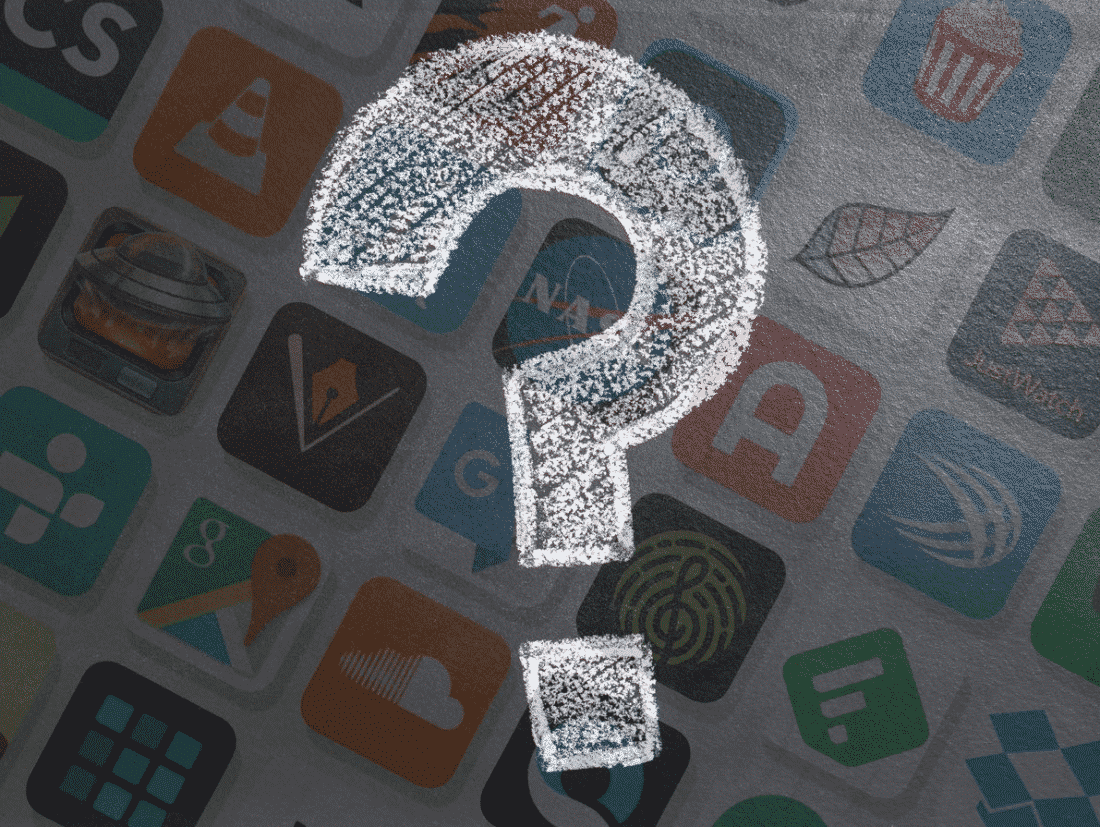Everything you wanted to ask around app monetization, app revenue and how to monetize apps.
If you’re a developer or an app owner then you might feel slightly confused with all the content around app monetization.
The monetization of apps is something that doesn’t always have a simple solution. App monetization changes based on many different factors. It’s something that’s not simple to explain in a single way.
So we’ve taken some of the more common question that app owners ask around monetization. We’ve tried to provide some simple clear answers to these.
We update these questions regularly. If you would like to have your question answered then please send your question via the comment box below.
What does app monetization mean?
In its most basic form, app monetization simply means making money or revenue from your app. It’s not necessary to sell a specific product in order to monetize an app. It could mean that you generate background revenue without offering anything to your users.
App monetization is the act of converting app users into app revenue. You’ll be making the link between app usage metrics such as number of active users and time in apps and linking this to app revenue.
How do apps make money?
There are multiple app monetization methods that app publishers can use to generate revenue. These include:
- In-app advertising – delivering adverts to users whilst they are using an app
- In-app purchases – offering a paid service or product (both physical and digital) to users
- Data monetization – tapping in-app activity to generate insights and revenue
- Subscription and freemium models – providing users with access to the app for a recurring fee.
To explore all of these ideas in much more detail then check out this guide:
How to monetize your app
App Monetization Guide
How do free apps make money?
If your mobile app doesn’t generate revenue at the point of install then there are a number of methods to monetize app users.
Free apps have grown in popularity in recent times. Users are used to not paying money upfront for the app. They are increasingly aware that they will be monetized via another method.
This describes the majority of app monetization strategies that app owners employ today.
How do free apps make money without ads?
There are many effective ways for an app to generate revenue without delivering ads to their users. This is beneficial to the user because ads generally decrease the user experience. Lower user experience means that an app may lose users, which in turn will decrease monetization. That’s why app ad networks might not be the best option for your app.
The most popular ways that app publishers are monetizing apps without heading along the advert route are as follows:
- Data monetization
- Subscriptions
- In-app purchases
How much money can you make from a free app?
The best way to look at this is by looking at your users. There are many different methods of app monetization and these will provide different results. However, you need active, engaged users in order to test monetization strategies.
Statistics around monetization can be difficult to predict. Use the following form to see how much you could make from data monetization.
How many app monetization methods should I use to monetize an app?
The short answer is it depends. Many developers use a combination of different app monetization methods. This means that they can generate more app revenue per user.
However, it would probably be a bad idea to go all in for every app monetization strategy under the sun. You must consider the cost of app monetization. That is, will it negatively affect the user experience, will it cause users to uninstall the app?
What’s the difference between these methods?
Some app monetization strategies generate guaranteed income, such as advertising. The cost of these is potentially quite high.
Some generate more income but mean that you will probably monetize a smaller percentage of your users.
App monetization is all about getting the right balance between the two.
How long should I wait to monetize my audience
As we’ve already mentioned, app monetization does come with a cost. If you are looking at ad app monetization then it might be worth waiting to monetize. Once you begin, you may find it more difficult to acquire and retain users.
Another point to consider is that revenue from app monetization usually increases with the number of users. It might be worth waiting to monetize your audience until you have carefully nurtured an engaged set of users.
Each app is different but in short, these are the main things to consider before monetizing:
- How many users do you have?
- How much revenue will be generated from each user?
- Is this revenue worth the potential cost of app monetization?
What’s the link between app monetization and app engagement?
App monetization is affected by the number of app users that are using your app. As well as the amount of time that they spend using your app. This holds true for many methods of app monetization.
The better your app engagement metrics then the more revenue you will generate from your audience. That’s why it’s difficult to avoid engagement when strategizing for app monetization.
What makes up a successful monetization strategy?
The main things that app developers should consider in the monetization of apps:
- User experience – how will this be affected by monetization
- CPM – how much will I be generating per user
- Acquisition costs compared to monetizaiton costs – is revenue outperforming user acquisition costs?
Grow your app with Tamoco
James is the head of marketing at Tamoco

